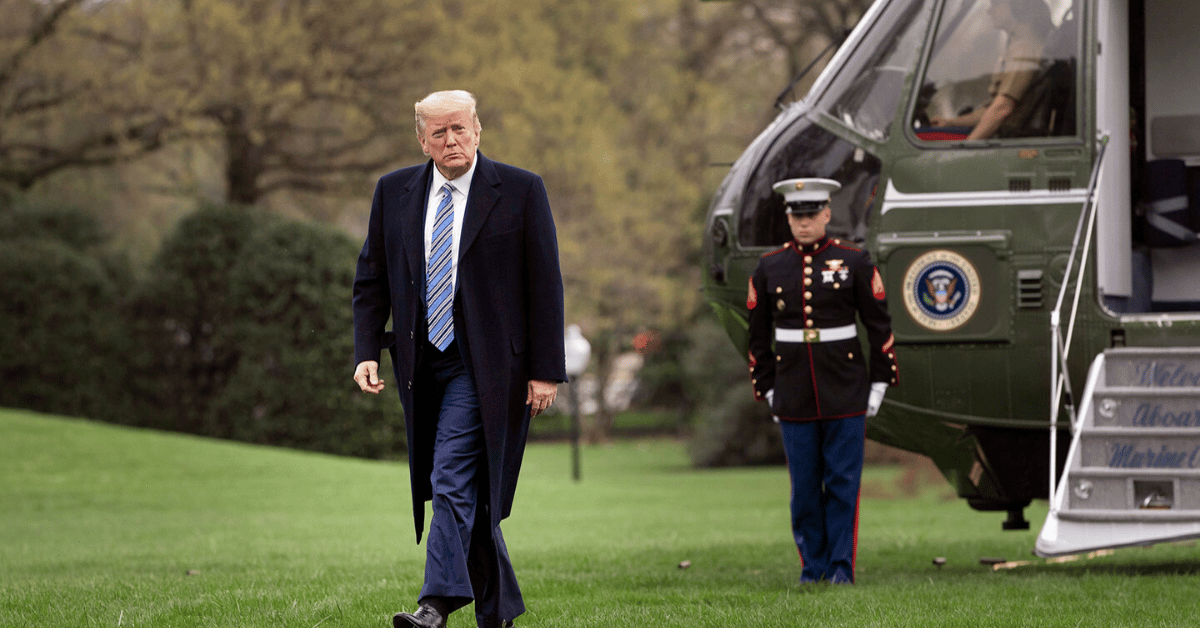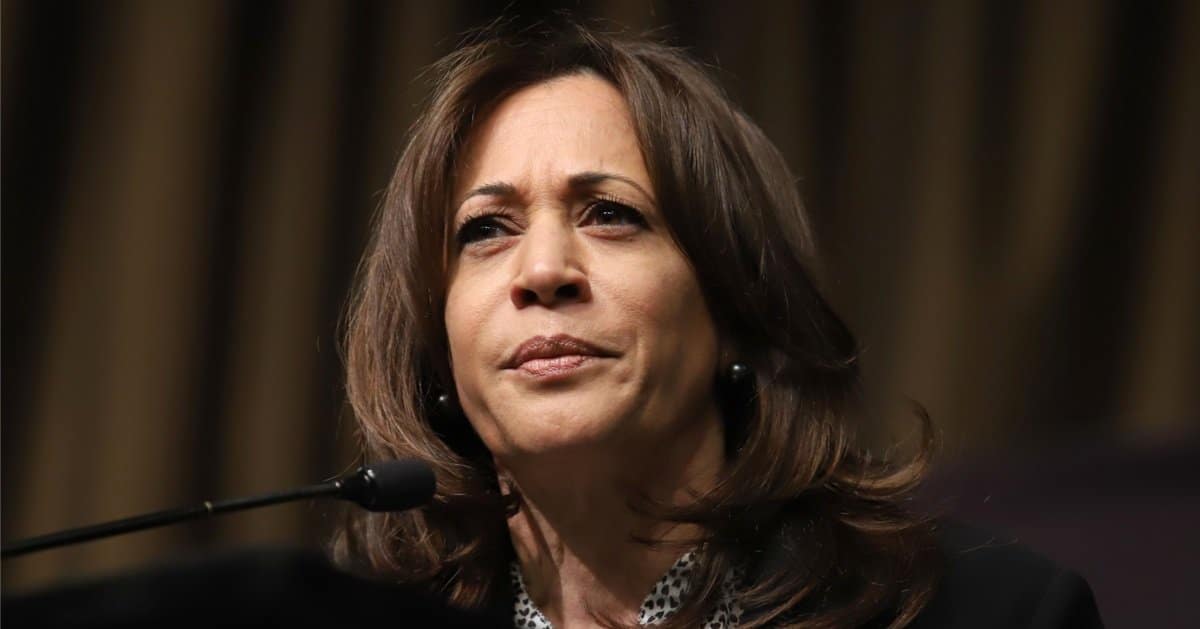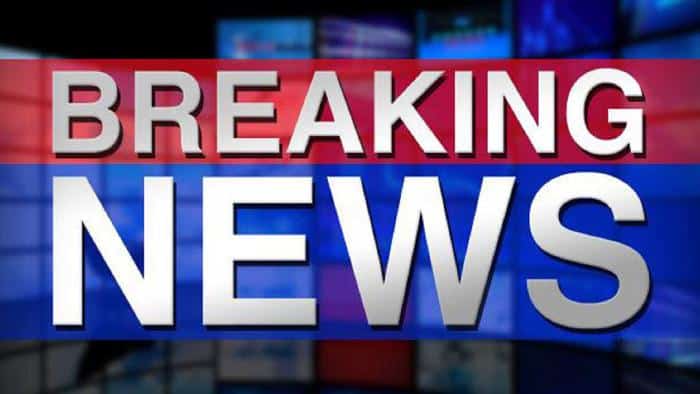


Israel’s fighter jets roared into Iran’s skies, unleashing a barrage that shook the Middle East. On June 13, 2025, the Israeli Defense Forces launched a massive strike, targeting over 100 sites, including a critical nuclear facility. The audacity of the move stunned observers, but the real shock came from President Donald Trump’s blunt call for diplomacy amid the chaos.
Israel’s attack hit over 100 targets, from Tehran’s urban core to the Natanz nuclear site, killing top Iranian military and nuclear figures, reported Fox News. The operation, involving 200 fighter jets and 330 munitions, left a trail of destruction, including a damaged residential building. Iran retaliated with over 100 drones, all intercepted by Israel’s defenses.
Trump, briefed on Israel’s plans beforehand, urged Prime Minister Benjamin Netanyahu to hold off until nuclear talks could unfold. He warned that Iran’s refusal to negotiate could lead to even deadlier strikes.
Among the casualties were General Hossein Salami, Major General Mohammad Bagheri, and most of Iran’s Revolutionary Guard air force commanders, killed in a bunker strike. Top nuclear scientists also perished, dealing a blow to Iran’s ambitions. The precision of Israel’s attack left no doubt about its resolve.
“Certain Iranian hardliners spoke bravely, but they didn’t know what was about to happen,” Trump said. His words cut like a knife, pointing out the folly of Iran’s defiance. The body count proves his point: bravado doesn’t stop bombs.
Iran’s drone counterattack was swift but futile, with Israel’s defenses swatting them down. The IDF vowed to continue strikes for days, signaling no letup in pressure. Tehran’s escalation only deepened its predicament.
Before the strikes, nuclear talks were set for Muscat, Oman, to address Iran’s uranium enrichment. Trump saw a chance for peace but feared Israel’s attack could derail it. “I think it would blow it,” he said, weighing the risks of preemptive action.
“Might help it actually, but it also could blow it,” Trump added, showing his knack for seeing both sides. His candor exposes the tightrope of diplomacy in a war zone. Iran’s next move will decide if talks survive.
The U.S., uninvolved in the strikes, evacuated non-essential embassy staff from Iraq as a precaution. Secretary of State Marco Rubio urged Iran to avoid targeting American positions. Washington’s restraint keeps it out of the crossfire—for now.
“There has been great death and destruction, but there is still time to make this slaughter… come to an end,” Trump declared. His plea for a deal drips with urgency, warning of “even more brutal” attacks if Iran doesn’t budge. The clock is ticking, and Tehran’s pride could cost more lives.
“Iran must make a deal, before there is nothing left,” Trump insisted. His bluntness skewers the illusion of endless defiance. Diplomacy, not drones, is Iran’s only path to survival.
Trump boasted of U.S. military might, noting Israel’s access to America’s “best and most lethal” equipment. “They know how to use it,” he said, a not-so-subtle nod to Israel’s firepower. Iran’s leaders, now ghosts, underestimated that strength.
The U.S. and Iran remain at odds over uranium enrichment, even for civilian use. This core dispute fuels the crisis, with no easy resolution in sight. Both sides must decide if pride outweighs peace.
Israel’s ongoing strikes keep the region on a knife’s edge, with civilians caught in the fallout. Tehran’s damaged buildings are a grim reminder of war’s toll. Yet, the progressive fantasy of endless talks without action ignores reality’s harsh lessons.
Trump’s push for a deal offers Iran a lifeline, but only if it acts fast. The alternative—more strikes, more deaths—is a tragedy no one should want. For once, let’s hope cooler heads prevail over woke dreams of appeasement.



